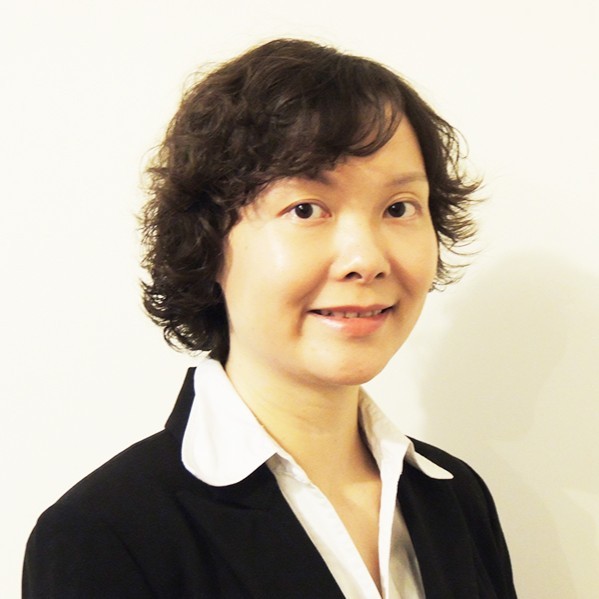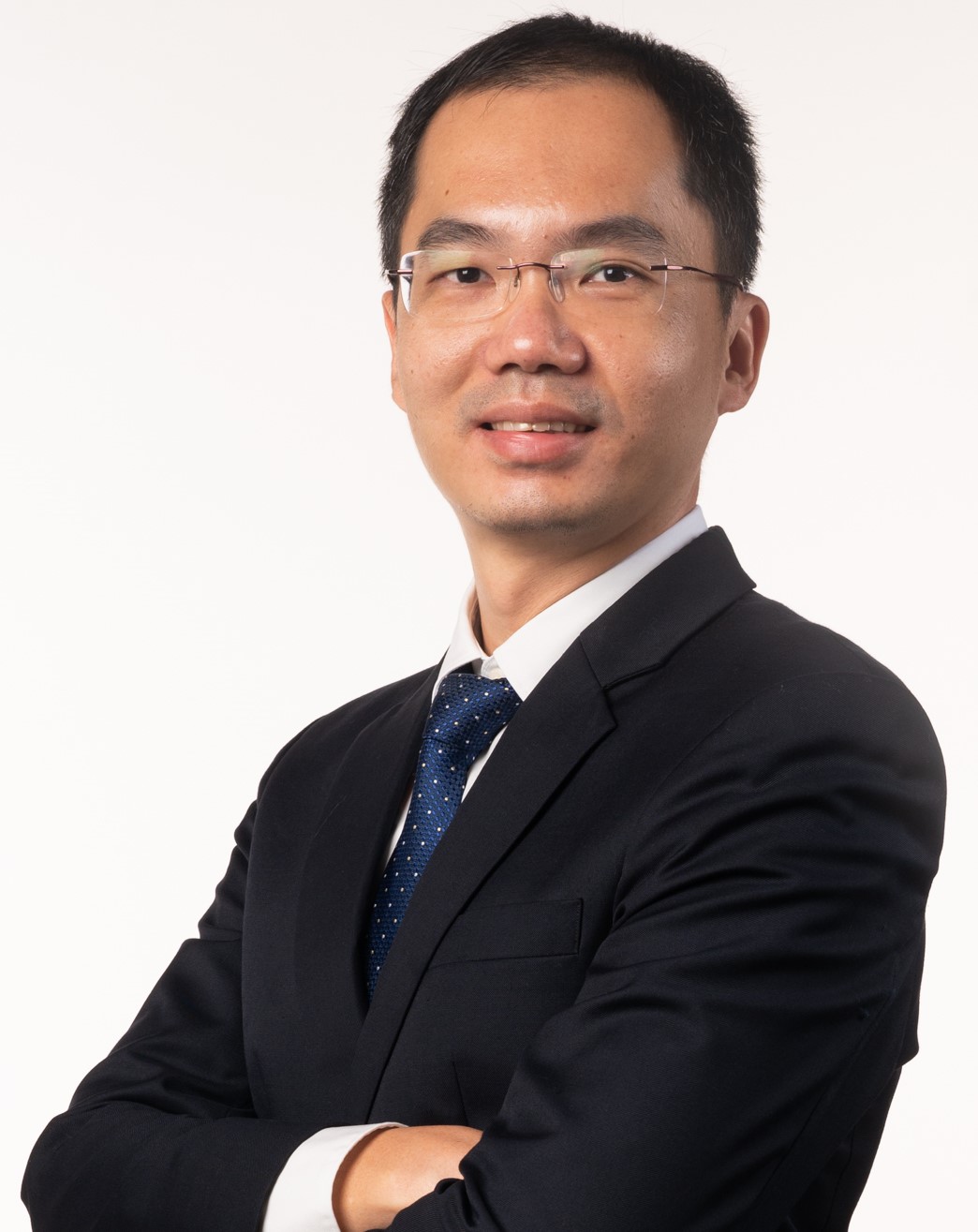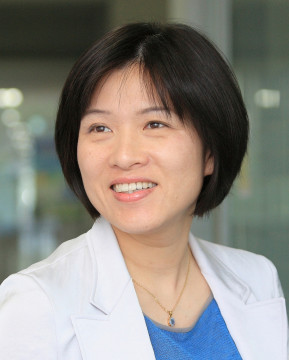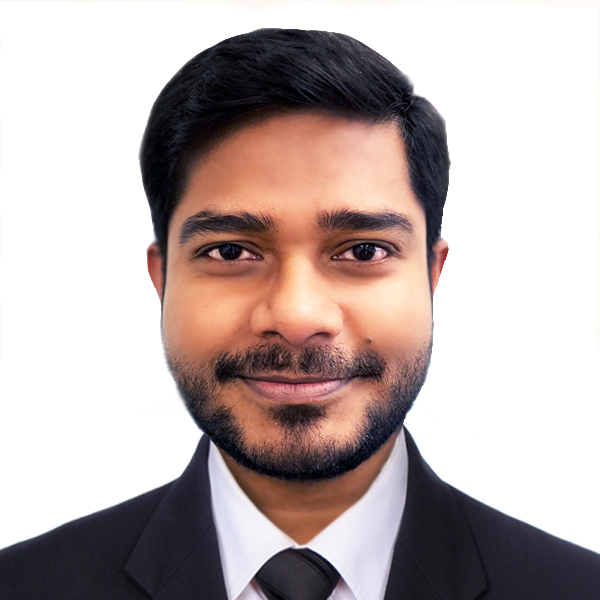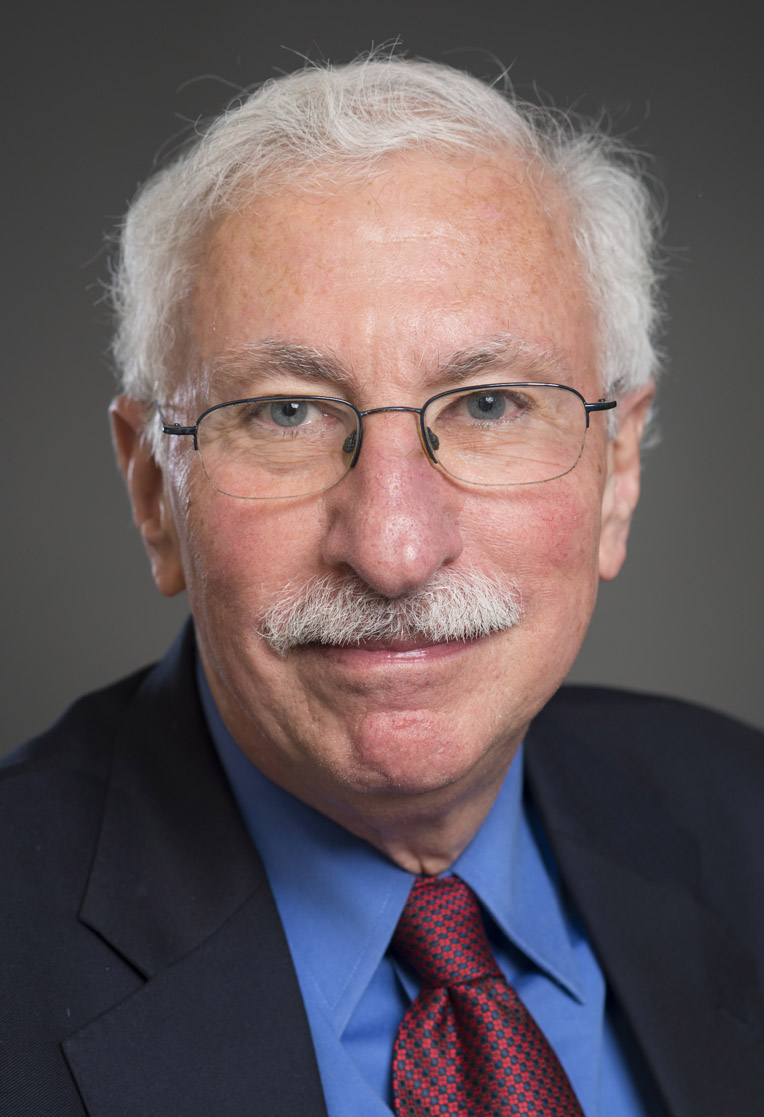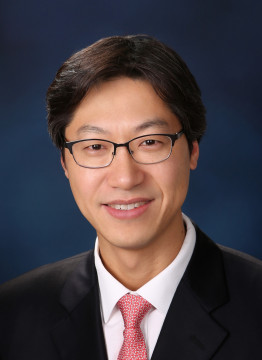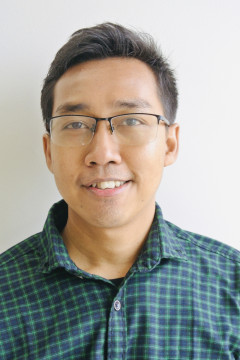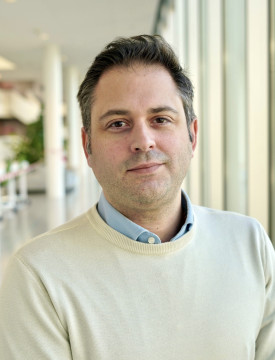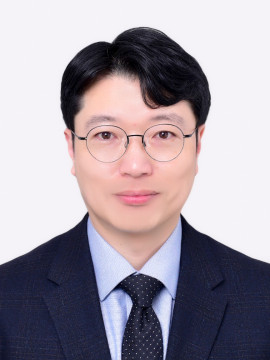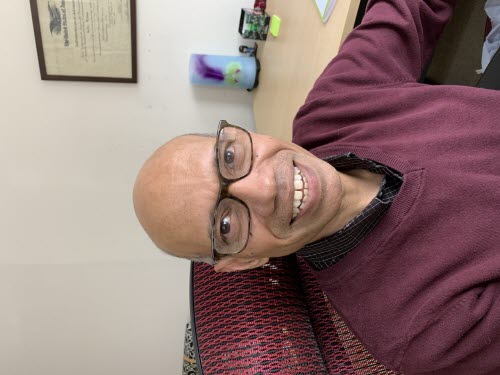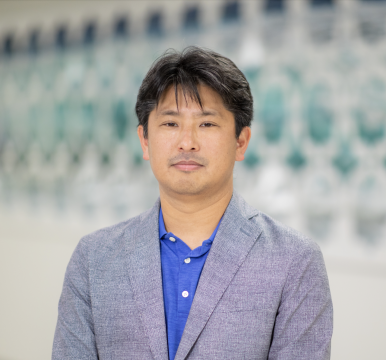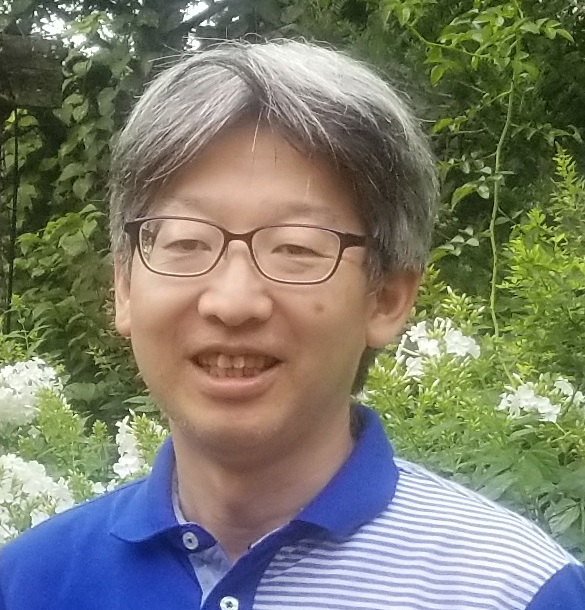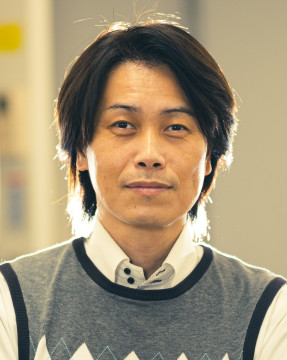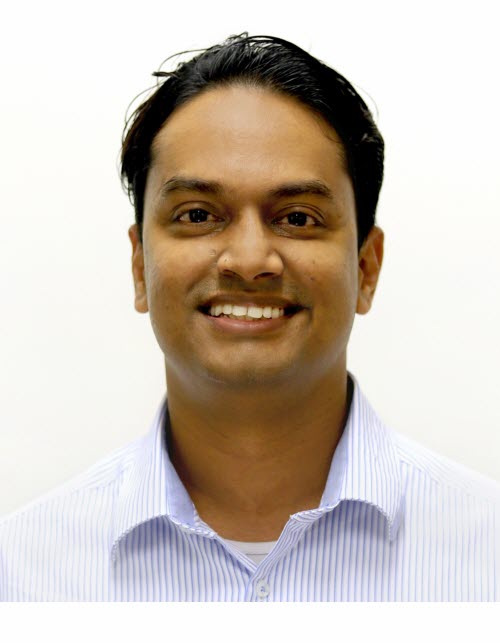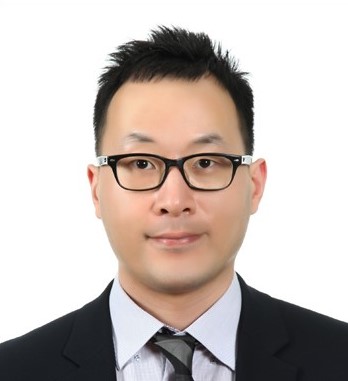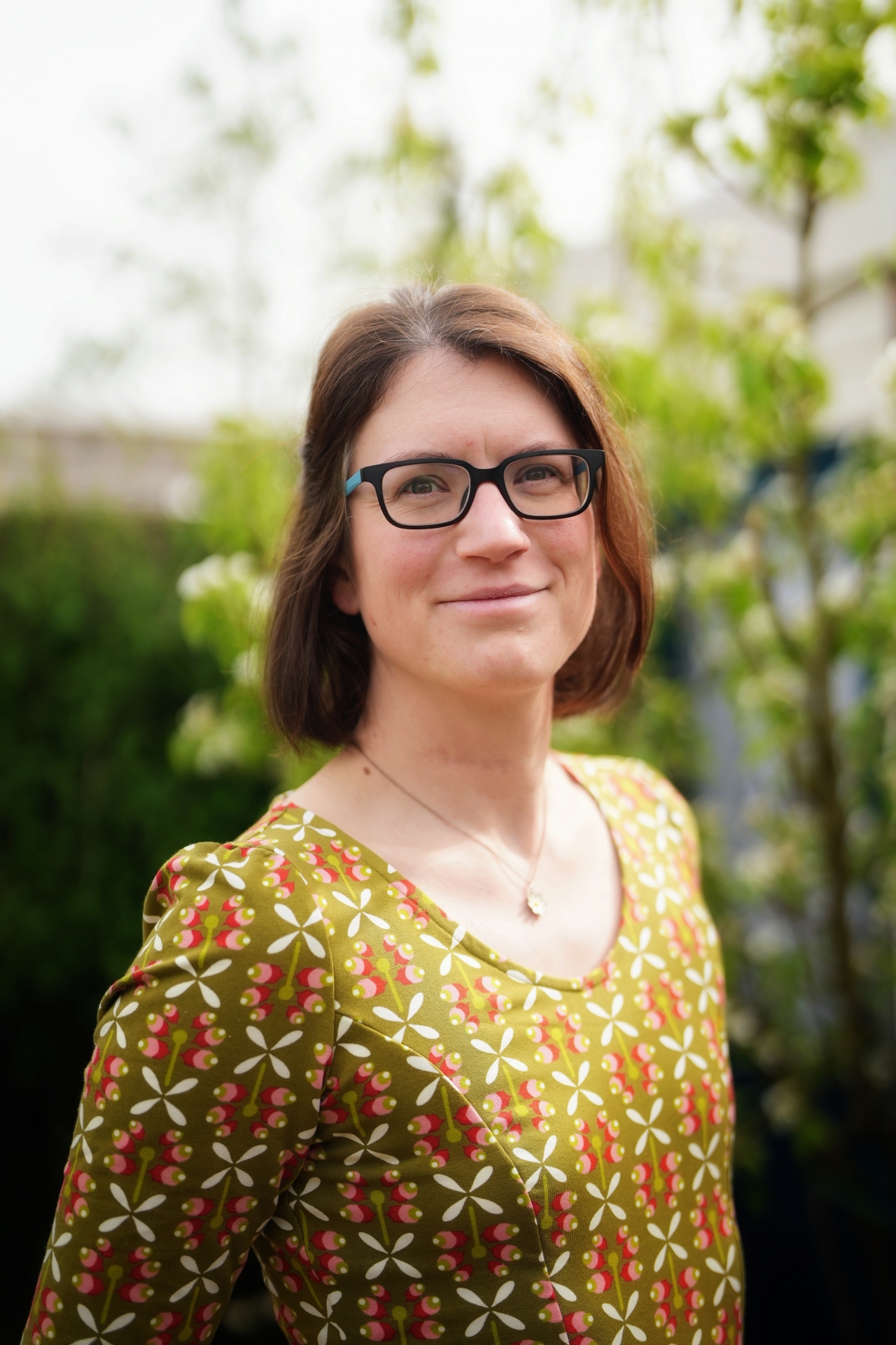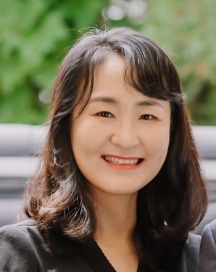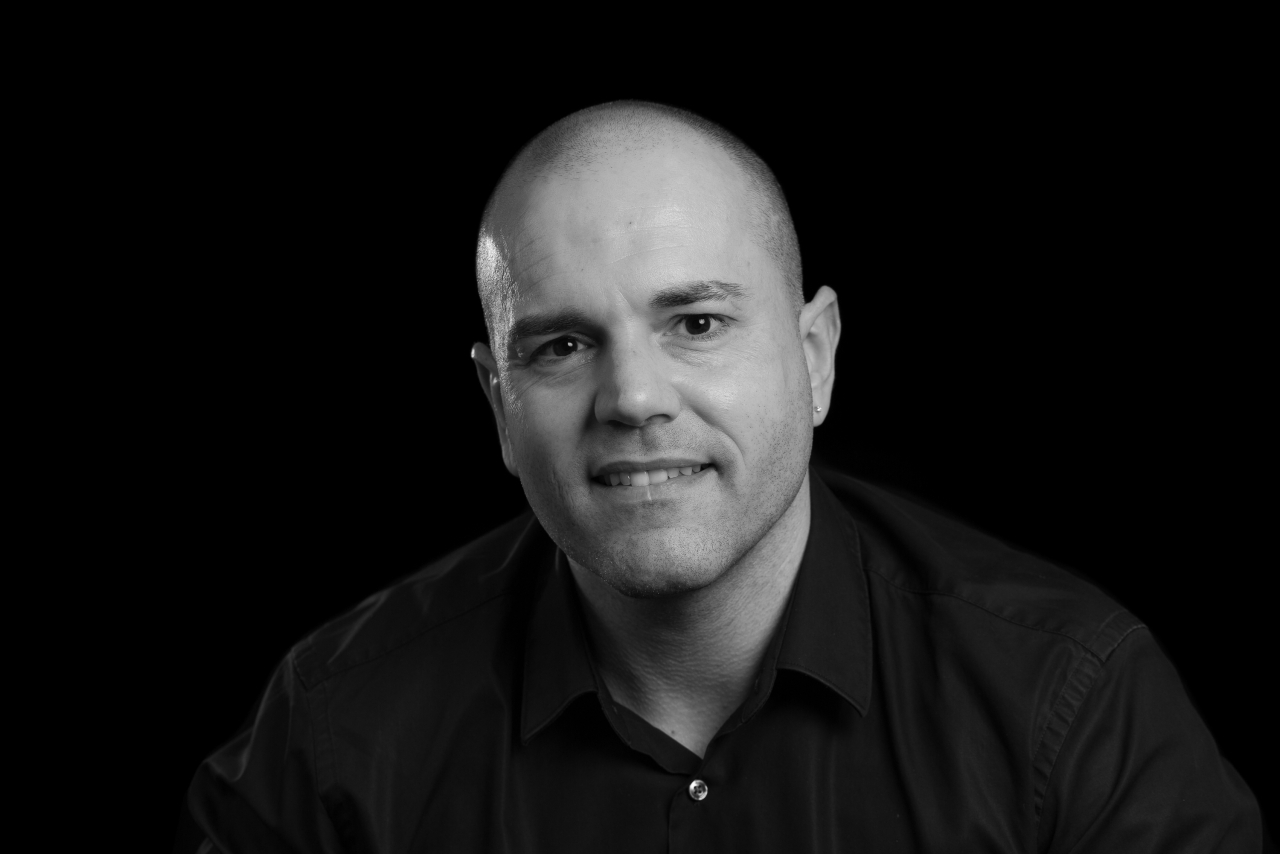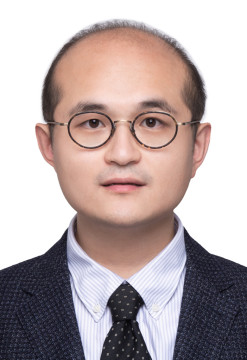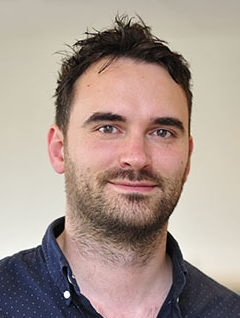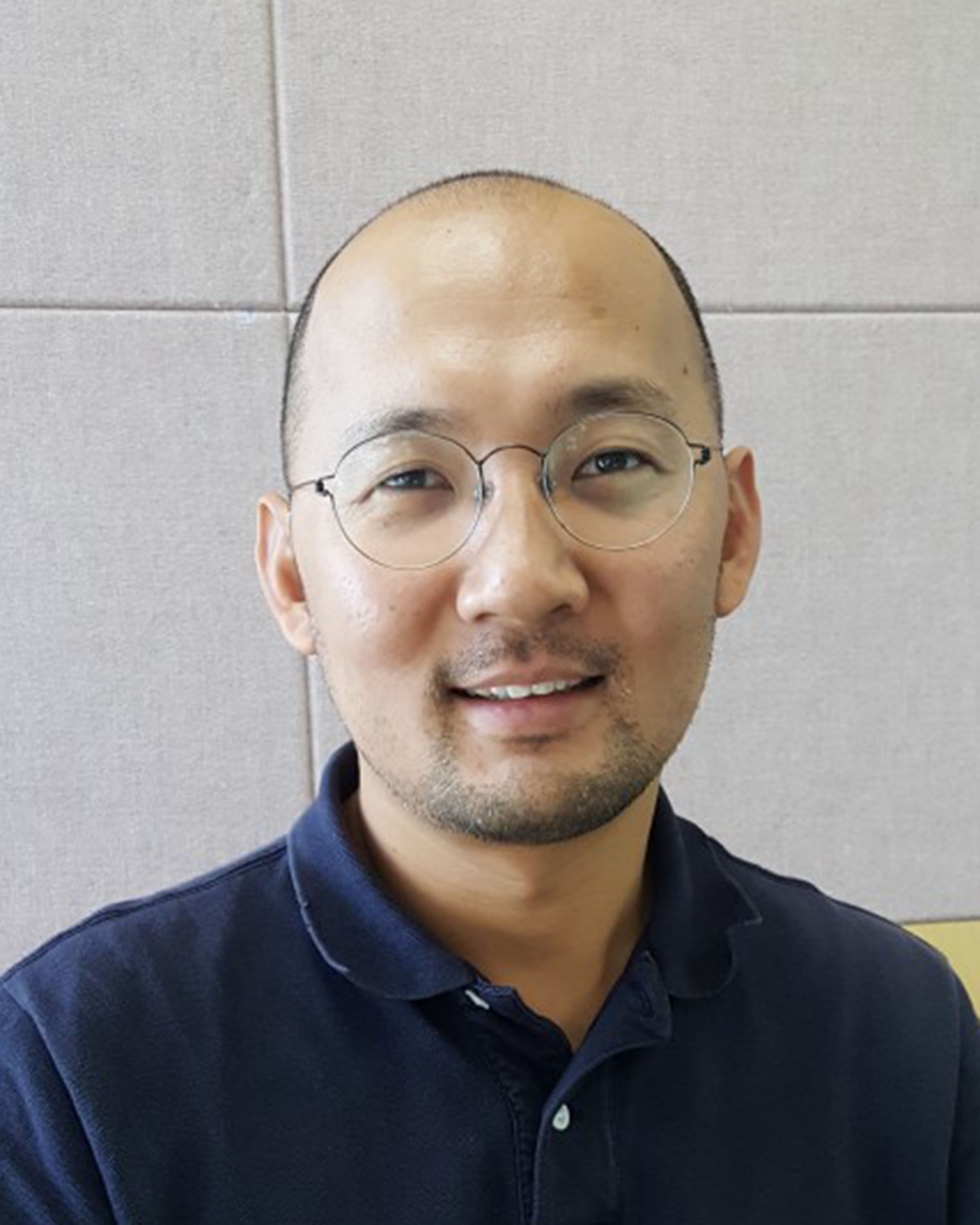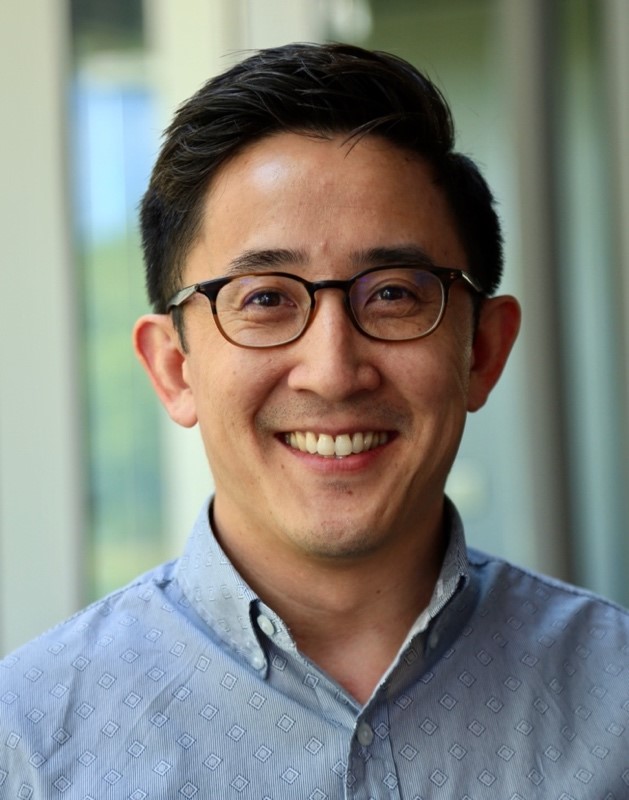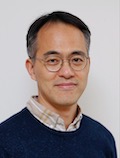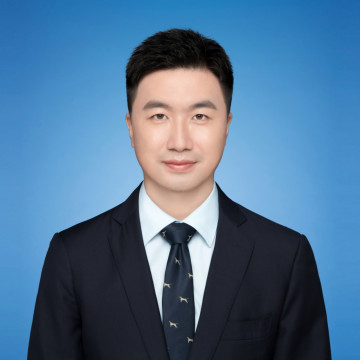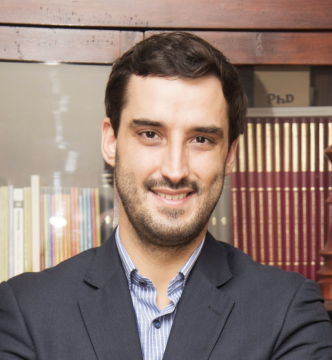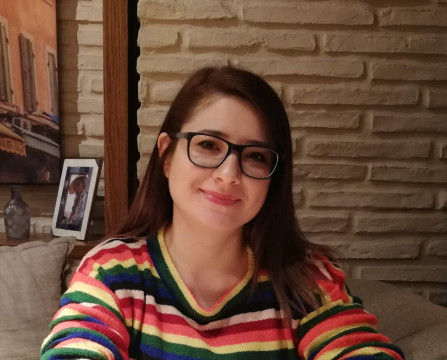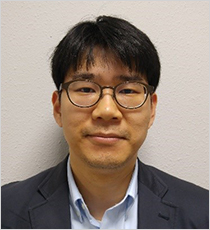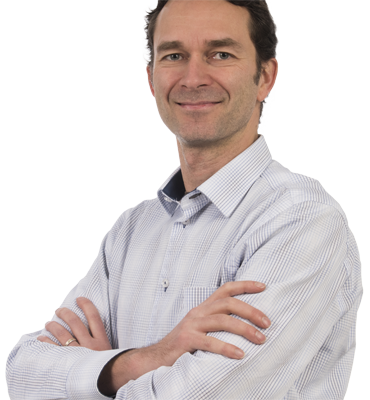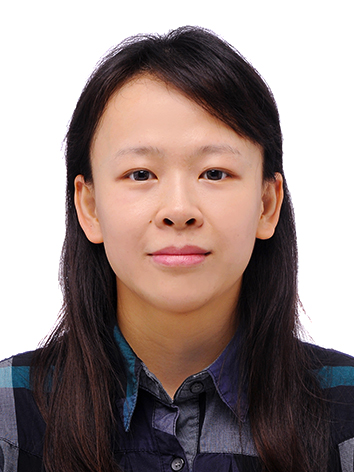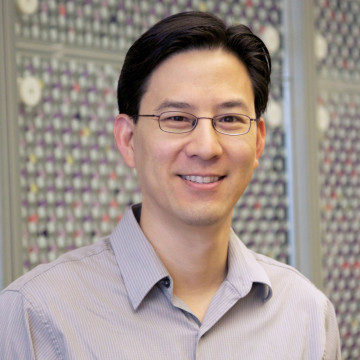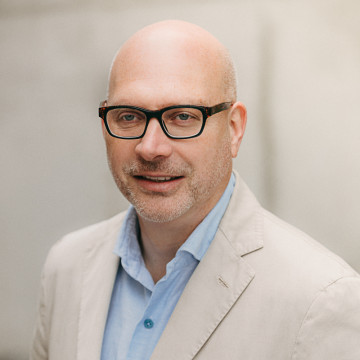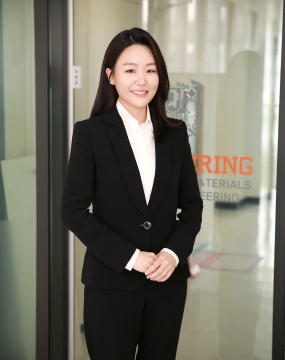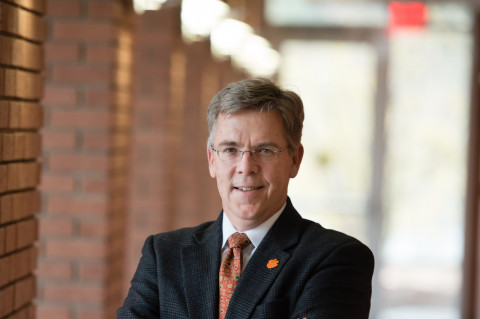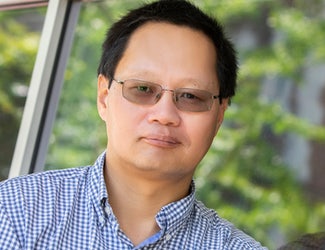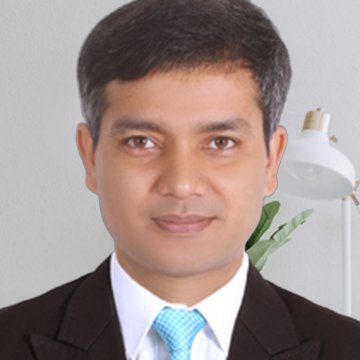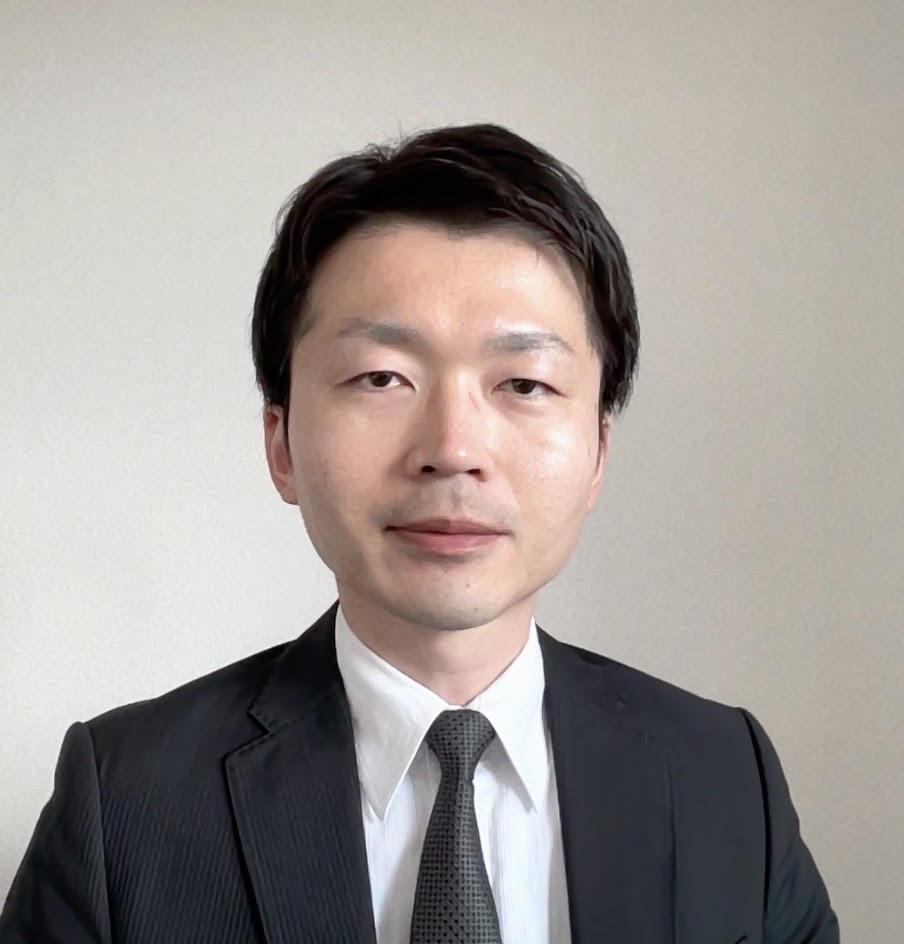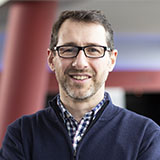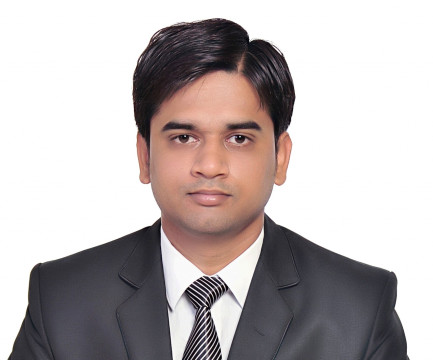Scientific Program
You can update your brief biography and profile picture on the [My Profile] page.
- Session TrackBiomaterials enabling technologies
- Session TitleExtracellular vesicles for biomedical applications
- Session CodeSP-T10-0037
- Date & Time / RoomMay 27 (Mon) 13:00~14:30 / Room 315
- Organizer
-
Eunji Chung (University of Southern California, USA)
- Chair
-
Eunji Chung (University of Southern California, USA)
Minh Le (National University of Singapore, Singapore)
- Keynote Speaker
-
13:00~13:25 : Delivery of nucleic acid therapeutics using extracellular vesicles from red blood cells Minh Le (National University of Singapore, Singapore)
- Invited Speaker
-
13:25~13:40 : Extracellular Vesicle (EV) And EV-mimetic Therapies For Joint Disorders Wei Seong Toh (National University of Singapore (NUS), Singapore)
13:40~13:55 : Digital detection of tumor-derived EVs in blood plasma Yoon-Kyoung Cho (UNIST, Korea, Republic of)
- Oral Presenter
-
13:55~14:05 : Endogenous Protease Mediated Delivery of Engineered Immunomodulatory Extracellular Vesicles Kasey Leung (University of Illinois Chicago, USA)
14:05~14:15 : A biomimetic enriched microenvironment strategy based on exosomes-loaded hydrogel to promote poststroke recovery via endogenous neurogenesis Yifan Liang (Beijing Tsinghua Changgung Hospital, School of Clinical Medicine, Tsinghua University, China)
14:15~14:25 : Endovesiclosis: A Novel Technology for Nanoparticle Labeling of Extracellular Vesicles Koushik Debnath (University of Illinois Chicago, USA)
- Session TrackBiomaterials enabling technologies
- Session TitleImmunoengineering Redefines Biocompatibility
- Session CodeSP-T10-0052
- Date & Time / RoomMay 28 (Tue) 13:40~15:10 / Room 315
- Organizer
-
Buddy Ratner (University of Washington, USA)
- Chair
-
Buddy Ratner (University of Washington, USA)
Yoon Sung Nam (Korea Advanced Institute of Science and Technology, Korea, Republic of)
- Keynote Speaker
-
13:40~14:05 : Redefining Biocompatibility Buddy Ratner (University of Washington, USA)
- Invited Speaker
-
14:05~14:20 : Immunological Cloaking of Lytic Bacteriophage for In vivo Anti-bacterial Therapy Yoon Sung Nam (Korea Advanced Institute of Science and Technology, Korea, Republic of)
- Oral Presenter
-
14:20~14:30 : Establishing an Artificial Intelligence-Driven Definition of Biomaterial Biocompatibility Miguel Mateu Sanz (Universitat Politècnica de Catalunya, Spain)
14:30~14:40 : Cadmium ions removal by dissolution/precipitation of calcium phosphate Ahmad Bikharudin (Okayama University, Japan)
14:40~14:50 : AI-Based Macrophage Phenotype Discrimination Method Reveals Morphological and Migratory Differences between Cell Line Yurika Shibuya (Shibaura Institute of Technology, Japan)
14:50~15:00 : Supervised Machine Learning Tool for Precision Bioink Printing Parameter Prediction Yaxi Chen (University College London, United Kingdom)
15:00~15:10 : Polypept(o)ides: From functional materials based on endogenous amino acids to cancer immune therapies Matthias Barz (Leiden Academic Center for Drug Research, Leiden University, Netherlands)
- Session TrackBiomaterials enabling technologies
- Session TitleBiomaterials and Fabrication for Multicellular Engineered Systems
- Session CodeSP-T10-0085
- Date & Time / RoomMay 29 (Wed) 13:40~15:10 / Room 315
- Organizer
-
Hyunjoon Kong (University of Illinois at Urbana-Champaign, USA)
- Chair
-
Hyunjoon Kong (University of Illinois at Urbana-Champaign, USA)
Ho Jeong Jeon (Korean Institute of Science and Technology, Korea, Republic of)
- Keynote Speaker
-
13:40~14:05 : An emergent multicellular system through biological phase transition Taher Saif (University of Illinois at Urbana-Champaign, USA)
- Invited Speaker
-
14:05~14:20 : Biomimetic hydrogel-based direct contact pressing culture for cell fate control Ho Jeong Jeon (Korean Institute of Science and Technology, Korea, Republic of)
14:20~14:35 : Discovery of Biomaterials for Salivary Gland Regeneration Inspired by Its Branching Morphogenesis Mechanisms Sang Woo Lee (Seoul National University, Korea, Republic of)
14:35~14:50 : High-throughput microfluidics for synthetic biology and microbial bioproduction Arum Han (TEXAS A&M University, USA)
- Oral Presenter
-
14:50~15:00 : Advancing 3D Bioprinting: Automated Fidelity Assessment for Precision and Efficiency for Cartilage Tissue Engineering Applications halima boutouil (DCU, Ireland)
15:00~15:10 : Microvascular Oral Soft Tissue Engineering using Bioprinting and Melt Electro-Writing (MEW) Maedeh Rahimnejad (Postdoctoral Fellow at University of Michigan, USA)
- Session TrackBiomaterials enabling technologies
- Session TitleBiomaterials for Cultured Meat Production
- Session CodeSP-T10-0094
- Date & Time / RoomMay 29 (Wed) 16:30~18:00 / Room 315
- Organizer
-
Tatsuya Shimizu (Tokyo Women's Medical University, Japan)
- Co-organizer
-
Jinkee Hong (Yonsei University, Korea, Republic of)
- Chair
-
Michiya Matsusaki (Osaka University, Japan)
Deepak Choudhury (Bioprocessing Technology Institute, Singapore)
Hee Ho Park (Hanyang University, Korea, Republic of)
- Keynote Speaker
-
16:30~16:50 : Cultured Meat Production Based on Circular Cell Culture System Using Microalgae. Tatsuya Shimizu (Tokyo Women's Medical University, Japan)
16:50~17:10 : Structure- and mechano-design of bioink for 3D-printed personalized cell-based Wagyu beef meat Michiya Matsusaki (Osaka University, Japan)
- Invited Speaker
-
Katsuhisa Sakaguchi (Waseda University, Japan)
17:25~17:40 : Cell sheet-based engineering of structural and physiological biomimetic bovine muscle tissue for cultured meat production Hironobu Takahashi (Tokyo Women's Medical University, Japan)
- Oral Presenter
-
17:40~17:50 : Plant-Based Decellularized Scaffolds for a Cultured Meat Prototype Deepak Choudhury (DR, Singapore)
- Session TrackBiomaterials enabling technologies
- Session TitleNucleic acid nanotechnology-based therapeutics and diagnostics
- Session CodeSP-T10-0363
- Date & Time / RoomMay 28 (Tue) 9:30~11:00 / Room 315
- Organizer
-
Maartje Bastings (EPFL, Switzerland)
- Co-organizer
-
Young Hoon Roh (Yonsei University, Korea, Republic of)
Minseok Kwak (Pukyong National University, Korea, Republic of)
- Chair
-
Young Hoon Roh (Yonsei University, Korea, Republic of)
Maartje Bastings (EPFL, Switzerland)
Minseok Kwak (Pukyong National University, Korea, Republic of)
- Keynote Speaker
-
Dan Luo (Cornell University, USA)
- Invited Speaker
-
9:55~10:10 : The impact of ligand spatial distribution on therapeutic outcomes using DNA origami: CpG spacing for cancer vaccine Ju Hee Ryu (KIST, Korea, Republic of)
10:10~10:25 : Intelligent Wearable Skins and Soft Probing Contractile Forces of Cardiac Organoids Wenlong Cheng (University of Sydney, Australia)
10:25~10:40 :
Shelley Wickham (The University of Sydney, Australia)Reconfigurable multi-component assemblies built from DNA origami voxels
- Oral Presenter
-
10:40~10:50 : (Super-) Selective biomaterials? A balancing act of rigidity and geometry at the nanoscale Maartje Bastings (EPFL, Switzerland)
10:50~11:00 : Plasmon-enhanced FRET between i-motif DNA encapsulated Silver Nanoclusters and Fluorescein amidites visualizes the redox state of live cells Seong Wook Yang (Yonsei University, Korea, Republic of)
- Session TrackBiomaterials enabling technologies
- Session TitleBiomineralization and biotemplating
- Session CodeSP-T10-0364
- Date & Time / RoomMay 27 (Mon) 14:40~16:10 / Room 315
- Organizer
-
Jae-Byum Chang (Korea Advanced Institute of Science and Technology, Korea, Republic of)
- Chair
-
Jae-Byum Chang (Korea Advanced Institute of Science and Technology, Korea, Republic of)
- Keynote Speaker
-
14:40~15:05 : Osteocytic mechanisms of age-related bone fragility Tamara N. Alliston (Department of Orthopaedic Surgery, the University of California San Francisco, USA)
- Invited Speaker
-
15:05~15:20 : Revolutionizing materials engineering and processing with microfluidic tools Josep Puigmartí-Luis (Department of Materials Science & Physical Chemistry, University of Barcelona, Spain)
- Oral Presenter
-
15:20~15:30 : In-Situ TEM Studies of Biomineralization Reza Shahbazian Yassar (University of Illinois Chicago, USA)
15:30~15:40 : Mussel-inspired Polydopamine-coated Mesoporous Bioactive Glass: An Exploration of Potential Metal Ion Loading Platform and Biomineralization Molecular Dynamics Mechanism BAIYAN SUI (Shanghai Ninth People’s Hospital, Shanghai Jiao Tong University School of Medicine, China)
15:40~15:50 : Metal-polyphenol complexes: unveiling photochemical routes to biomineralization Jeonga Kim (Korea Advanced Institute of Science and Technology (KAIST), Korea, Republic of)
15:50~16:00 : Biomineralization of functional cellulose nanocrystal-based hydrogel platforms with bone-healing potential: role of the surface chemistry in hydroxyapatite formation Jessica Borges Vilches (Aalto University, Finland)
16:00~16:10 : An advanced spheroid-based calcification model for small molecule drug screenings in the treatment of fibrodysplasia ossificans progressiva Steven Vermeulen (Maastricht University, Netherlands)
- Session TrackBiomaterials enabling technologies
- Session TitlePhotothermal Biomaterials
- Session CodeSP-T10-0365
- Date & Time / RoomMay 30 (Thu) 13:40~15:10 / Room 315
- Organizer
-
Ji Ho Park (KAIST, Korea, Republic of)
- Chair
-
Ji Ho Park (KAIST, Korea, Republic of)
Gabe Kwong (Georgia Tech, USA)
- Keynote Speaker
-
13:40~14:05 : Engineering photothermal neural interface using thermoplasmonics for neuromodulation Yoonkey Nam (KAIST, Korea, Republic of)
- Invited Speaker
-
14:05~14:20 : Photothermal nanoparticles for biomedical applications Ji Ho Park (KAIST, Korea, Republic of)
- Oral Presenter
-
14:20~14:30 : Cascade loop of ferroptosis induction and immunotherapy based on metal-phenolic networks for combined therapy of colorectal cancer BIN YANG (Guangzhou Medical University, China)
: New graphene-containing pharmaceutical formulations for infrared lamps-based phototherapy of skin cancer: in vitro validation and ex-vivo human skin permeation Artur Moreira Pinto (LEBABE - University of Porto, Portugal)
: Polydopamine nanoparticles-based combinational hyperthermal chemotherapy for the treatment of liver cancer Melis Emanet (Istituto Italiano di Tecnologia (IIT), Italy)
: 4D printing of shape memory polymer composites for bioresorbable and deployable medical devices Saswat Choudhury (Indian Institute of Science Bangalore, India)
- Session TrackBiomaterials enabling technologies
- Session TitleBiomaterials for immunoisolation
- Session CodeSP-T10-0124
- Date & Time / RoomMay 29 (Wed) 9:30~11:00 / Room 315
- Organizer
-
Nathaniel Hwang (Seoul National University, Korea, Republic of)
- Chair
-
Nathaniel Hwang (Seoul National University, Korea, Republic of)
Minglin Ma (Cornell University, USA)
- Keynote Speaker
-
9:30~9:55 : Delivering insulin-producing cells without immunosuppression Minglin Ma (Cornell University, USA)
- Invited Speaker
-
Nathaniel Hwang (Seoul National University, Korea, Republic of)
- Oral Presenter
-
10:10~10:20 : MRI contrast-enhanced alginate formulation for efficient surgical explantation of beta cell-containing islets in diabetes therapy Marc-Andre Fortin (CR-CHU de Québec - Université Laval, Canada)
10:20~10:30 : Human stem cell-derived β-cells delivered with vasculogenic hydrogels reverse hyperglycemia in diabetic immunodeficient mice Sophia Kioulaphides (Georgia Institute of Technology, USA)
10:30~10:40 : Porous Microwell Scaffolds for 3D Culture of Pancreatic Beta Cells to Promote Cell Aggregation and Insulin Secretion Tianjiao Zeng (National Institute for Materials Science, Japan)
10:40~10:50 : Photo-responsive 3D hydrogel platform promotes vascularization for islet transplantation Martha Fowler (Rice University, USA)
- Session TrackBiomaterials enabling technologies
- Session TitleDNA or RNA Nanotechnologies
- Session CodeSP-T10-0390
- Date & Time / RoomMay 27 (Mon) 16:30~18:00 / Room 315
- Organizer
-
Maartje Bastings (EPFL, Switzerland)
- Co-organizer
-
Minseok Kwak (Pukyong National University, Korea, Republic of)
Young Hoon Roh (Yonsei University, Korea, Republic of)
- Chair
-
Maartje Bastings (EPFL, Switzerland)
Minseok Kwak (Pukyong National University, Korea, Republic of)
Young Hoon Roh (Yonsei University, Korea, Republic of)
- Keynote Speaker
-
William M. Shih (Harvard University, USA)
- Invited Speaker
-
16:55~17:10 : Ultrasound-responsive and autonomously acting nucleic acid materials Andreas Herrmann (RWTH Aachen University, Germany)
17:10~17:25 : Rapid Nucleic Acid Detection using CLASSIC Youngeun Kim (Seoul National University, Korea, Republic of)
- Oral Presenter
-
17:25~17:35 : DNA origami for photonics and phononics Seungwoo Lee (Korea University, Korea, Republic of)
17:35~17:45 : Toward real-time analysis and design of DNA origami nanostructures using AI Do-Nyun Kim (Seoul National University, Korea, Republic of)
- Session TrackBiomaterials enabling technologies
- Session TitleEmerging Nanobiomaterials and Nanofabrication
- Session CodeSP-T10-0185
- Date & Time / RoomMay 28 (Tue) 16:30~18:00 / Room 315
- Organizer
-
Bingyun Li (West Virginia University School of Medicine, USA)
- Chair
-
Bingyun Li (West Virginia University School of Medicine, USA)
Malcolm Xing (University of Manitoba and Children's Hospital Research Institute of Manitoba, Canada)
- Keynote Speaker
-
16:30~16:55 : Proteomic-driven discovery of developmental peptides for guiding iPSC pancreatic lineage specification and maturation Kaiming Ye (Binghamton University, State University of New York, USA)
- Invited Speaker
-
16:55~17:10 : Near-atomic-scale tribocorrosion testing of metallic biomaterial surfaces and e-beam formed carbon overlayers Jeremy L. Gilbert (Clemson University, USA)
17:10~17:25 : Engineered nanoparticles for treating ischemic cardiovascular diseases Jianjun Guan (Washington University in St. Louis, USA)
- Oral Presenter
-
17:25~17:35 : Unique Antimicrobial Peptide Presents Low in vitro Toxicity toward Mammalian Cells Bingyun Li (West Virginia University School of Medicine, USA)
17:35~17:45 : Nitrogen-Enriched Carbon Quantum Dots Immobilized in Hydrogels for Long-Term Continuous Glucose Monitorin Ranjit De (Pohang University of Science and Technology (POSTECH), Korea, Republic of)
- Session TrackBiomaterials enabling technologies
- Session TitleAdvanced biofunctional and bioinspired materials/devices for healthcare and tissue engineering
- Session CodeSP-T10-0196
- Date & Time / RoomMay 30 (Thu) 9:30~11:00 / Room 315
- Organizer
-
Emilio S. Hara (Okayama University, Japan)
- Chair
-
Emilio S. Hara (Okayama University, Japan)
Takahiro Nomoto (University of Tokyo, Japan)
- Keynote Speaker
-
9:30~9:55 : Innovations in Tissue Repair: Interdisciplinary Strategies for Biomaterial-Assisted Targeted Delivery and Scalable Synthesis Nicholas Dunne (Dublin City University, Ireland)
- Invited Speaker
-
9:55~10:10 : Bioinspired cell-free therapeutic using cell membranes for bone tissue repair Emilio S. Hara (Okayama University, Japan)
10:10~10:25 : Design of biomaterials constituting drug delivery systems for boron neutron capture therapy Takahiro Nomoto (University of Tokyo, Japan)
- Oral Presenter
-
10:25~10:35 : Tunable Triboelectric Nanogenerator for Precise Acceleration of Wound healing with varying Fluorinated Polymer Cholong Choi (Ulsan National Institute of Science and Technology, Korea, Republic of)
10:35~10:45 : Is iHuman a future reality or just science fiction? Andreia T. Pereira (i3S - Instituto de Investigação e Inovação em Saúde, Portugal)
10:45~10:55 : Development and optimization of a non-invasive electrode based on immobilization of glucose oxidase in Nafion-carbon nanotubes nanocomposites for diabetes management Shivam Gupta (National Tsing Hua University, Chinese Taipei)

 1
1 



